Audio Recording Winter Quarter
In winter quarter of the program we switched gears and centered our concentration on the digital domain of recording. My focus was learning the new world of Digital Performer. Stepping into the realm of digital recording has been a useful tool in the process of producing, recording and engineering music. Recording onto a tape machine gave me insight into the meticulous process of analog recording. It appears that there is an innate methodical process that one must entertain to create an accurate tape recording. This process involves a premeditated idea prior to entering the studio and having the mental flexibility of potentially leaving the studio with a different piece of sound than what you intended. There is less room for mistakes and it seems harder to bring your exact imagination to life, but at the same time it also introduces a new creative element to the process of capturing music as it is created.
My week 6 project was to create a multitrack recording using digital performer as the database for storing the audio signal. I had been in conversation with the artist preceding this project. The artist had a written idea of what he wanted the track to sound like which made the recording process seem more professional. The first day of recording consisted of charting our course through the recording process and laying down the guitar and vocal tracks.
Equipment:
Acoustic Guitar: AKG 414, SM 137 Male Vocal: KSM 32 Amp: SENN 441, SM 57
Violin: TS-1’s (overhead), RE-20 (directed at violin body) Female Vocal: AKG 414
We set up a line of mics to do a taste test: (R -> L) AKG 414, KSM 32, SM 7-B, RE-15 and RE-20. This experiment gave me a better idea of what male and female vocals sounded like in each microphone in general, but also what their unique voice sounded like and if it matched the desired tone. I liked the AKG 414 for the female voice. My artist had a wide dynamic range and she tended to accentuate higher pitches. I thought that the AKG 414 warmed the sound of her voice which restrained her from sounding too bright. I choose the KSM 32 for the male voice because it retained the rasp of his voice which complemented the folk and country western vibe of the song.
We then tested his acoustic guitar with a TS-2, AKG 414, SM 137 and RE-15.
This recording process was challenging because the artist wanted to preserve the live element of his music. This meant that he didn’t want to overdub his vocals which ultimately created guitar bleed in the vocal mic and vice versa. At the time I wasn’t thinking of ways that I could have blocked sound waves from the vocals and guitar mics, but this experience has given me further insight into how this could be achieved with a makeshift clipboard mechanism (or otherwise) or by giving the artist an electric guitar that he could play to retain a live element while he overdubbed his vocals.
The next step was recording the violin. To do this I set up a triangle of overhead mics. I used a RE-20 that was directionally pointed at the open body of the violin and two TS-1’s (Tube Condenser). The three microphones complemented each other and together created a spacious, wide and full sound.
Mixing this project was quite the treat. This was my first experience mixing a digitally recorded project. I opted to mix the project external of Digital Performer on the API-1608.
This experience taught me many things through the process of patching the audio signal from the DAW back into the mixing board so that each instrument had its own channel during the mixing process. I gained the experience of creating a premeditated mix. By this I mean that I created an idea of what I wanted the mix to sound like in space and time and then performed the mix in real time and routed the signal to a new stereo channel. Although I had a conceptual of what the finished piece would sound and feel like, I still wanted to created multiple takes for the sake of experimentation.



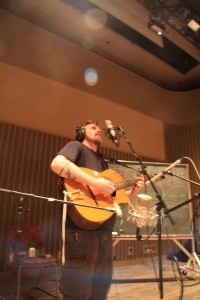
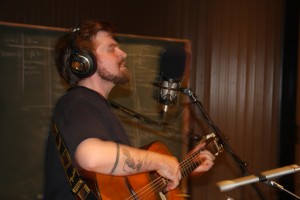

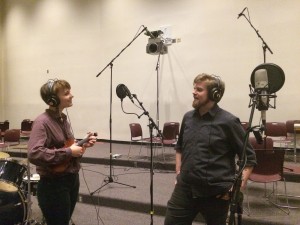
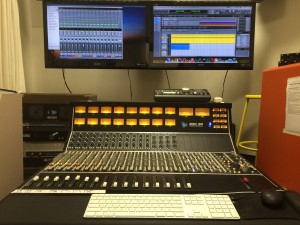
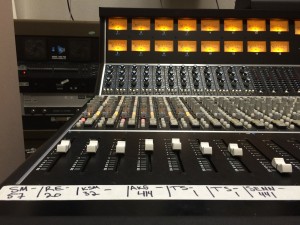

Leave a Reply